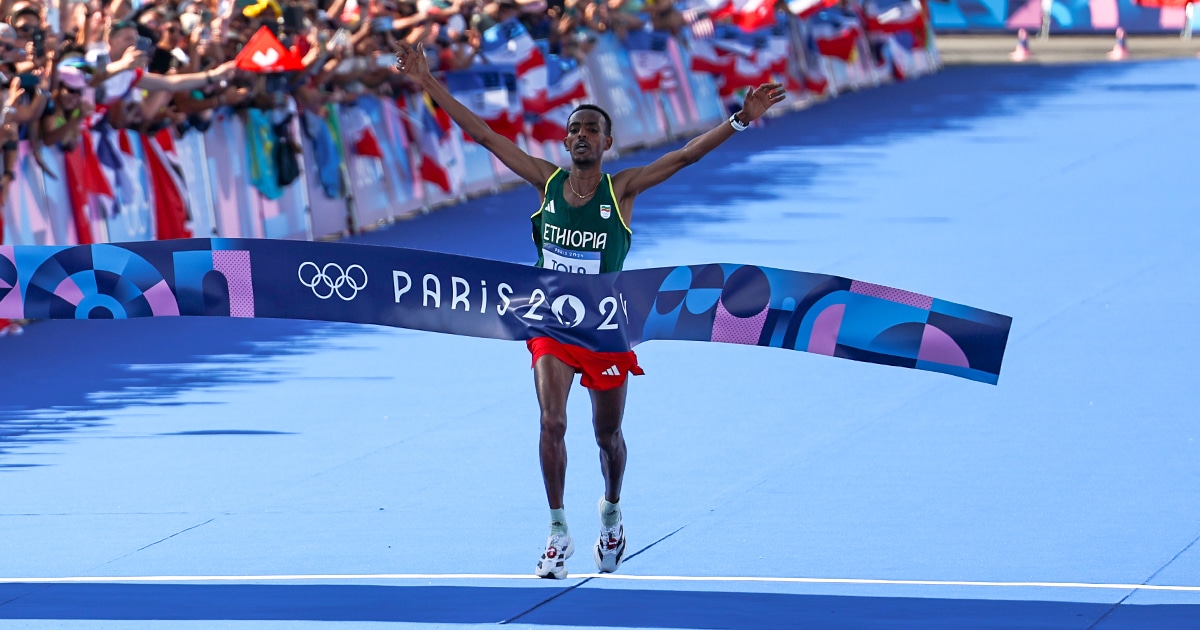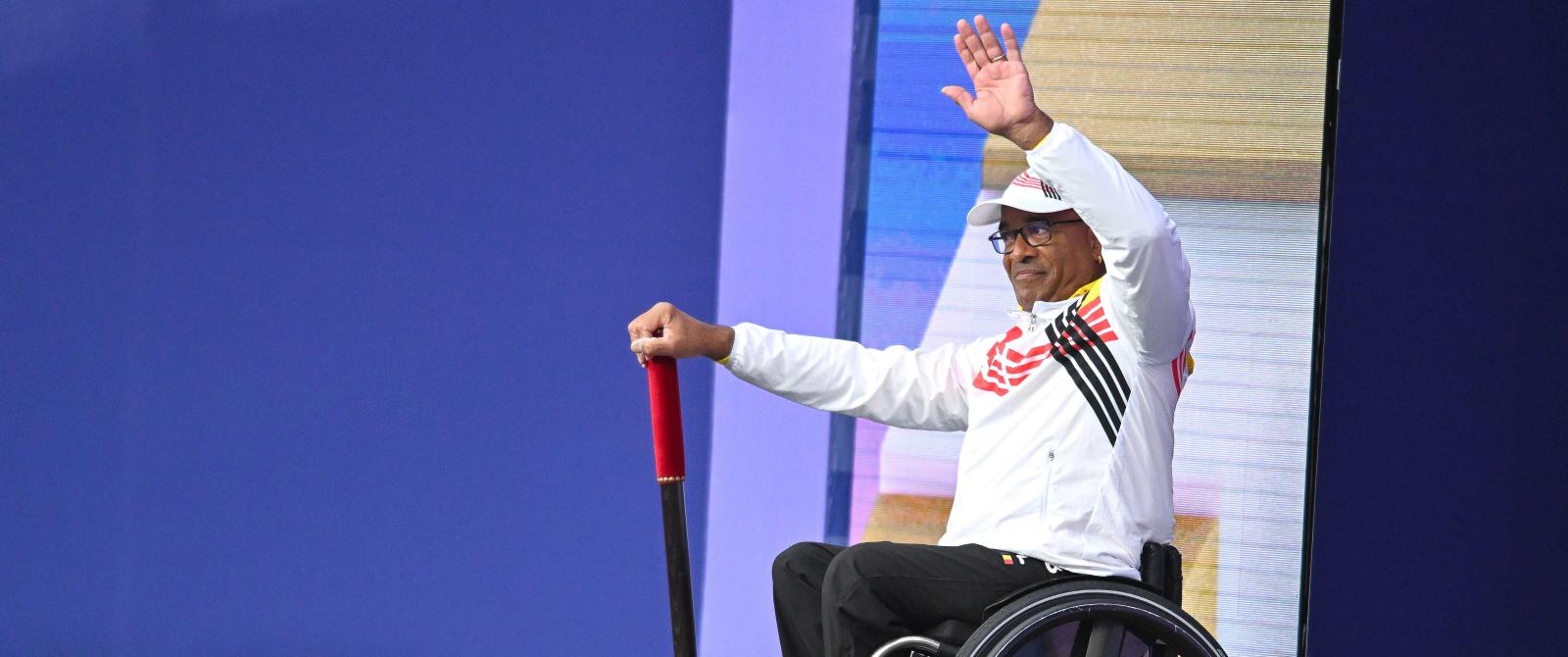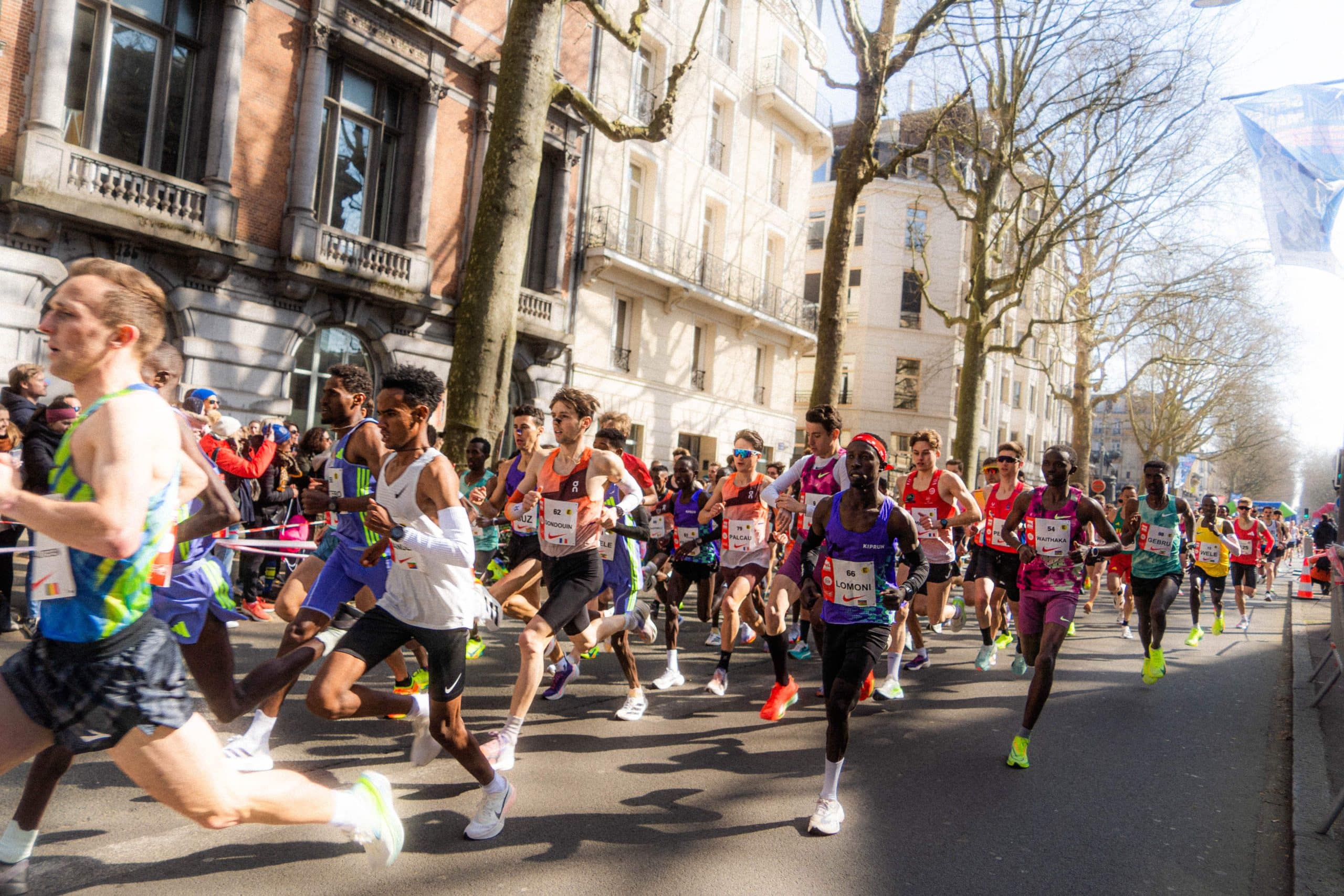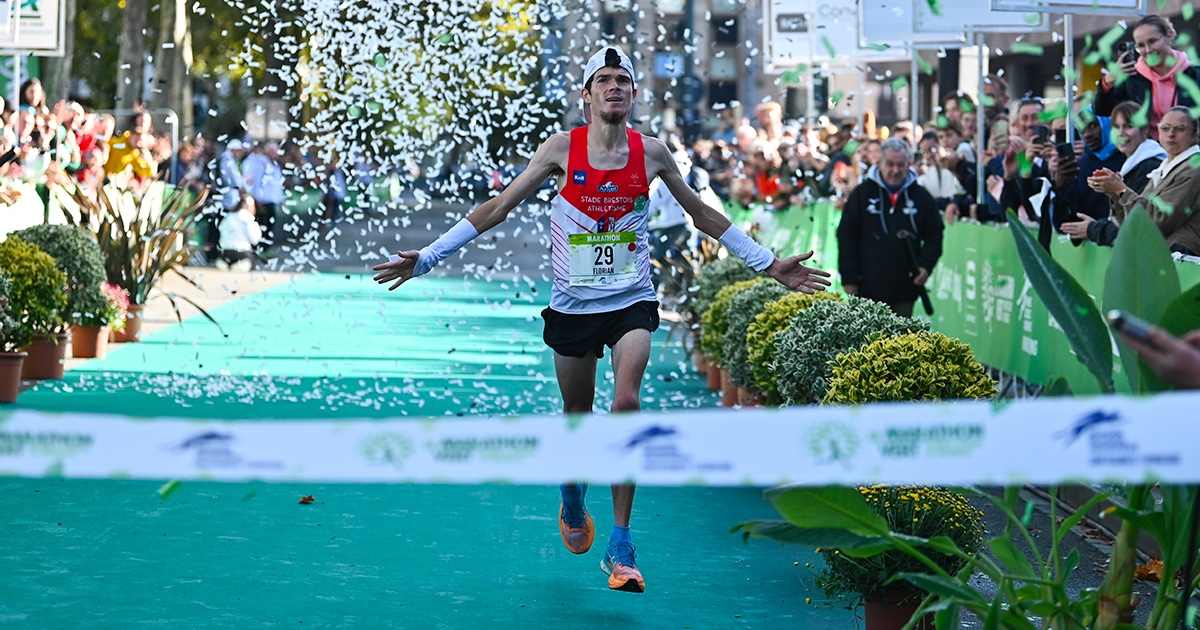Running: Why is a marathon 42.195 km long?
28/11/2024 11:43For running enthusiasts, we all know the mythical marathon distance is 42.195 km… but why this exactitude? Behind this surgical precision lies an astonishing story, involving heroic feats, absurd decisions, and a touch of capricious royalty. Let’s delve into the history.
The origin of the marathon is steeped in legend. Why 42.195 kilometers? It’s a question that every marathoner, with a drained mind and heavy legs, has pondered at least once before crossing the finish line. Why not a neat 42? Or even 40, like the Greek myth from which this race gets its name? Marathons.com had to ask these questions!
Phidippides, the first marathoner?
Let’s go back to a very distant past, the 5th century BC. In 490 BC, against all odds, the Greek army defeated the Persian invaders at the famous Battle of Marathon. Legend has it that an Athenian soldier and messenger named Phidippides ran tirelessly to Athens, nearly 40 kilometers, to announce the victory. At the end of his strength, the first marathoner in history allegedly murmured one last word, “Nike” (victory in ancient Greek), before collapsing from the journey.
But according to the only account from that time as well as Herodotus, the Athenian didn’t run between Marathon and his hometown, but between Athens and Sparta to seek help. These 250 km on foot and 36 hours to reach the Peloponnesian city were never truly verified, and since 1983, an ultramarathon called the “Spartathlon” is held between the two cities, spanning 246 km. Tragic and grandiose, this mythological tale has inspired posterity.
Spiridon Louis makes history
During the first modern Olympic Games in 1896, held in Athens, this ancient epic found a new incarnation. A 40-kilometer race was added to the program by Baron Pierre de Coubertin and his right-hand man, linguist Michel Bréal, to honor Phidippides, connecting the plains of Marathon to the Panathenaic Stadium in the Greek capital. Thus, the marathon became part of international sports legend.
For the record, this first modern race was won by a Greek shepherd named Spyridon Louis, literally becoming a hero. During this era, each edition of the Games chose its own distance, fluctuating between 40 and 42 kilometers depending on the mood of the organizers. Nothing was set in stone yet.
Royalty reshapes the race in 1908
This is where history shifts from the noble to the trivial. During the 1908 London Olympics, the marathon was set to cover the classic distance of 26 miles (41.843 kilometers). Yet, a royal whim disrupted the plans. Queen Alexandra wanted the race to start under the windows of Windsor Castle so her children could witness the start. The finish line was moved in front of the royal box at the Olympic stadium for a perfect view.
The result? An extra 385 yards (352 meters) was added, bringing the total distance to 42.195 kilometers. The most absurd part? This improvised extension could have remained a local anecdote. Instead, it became an international standard, and in 1921, the International Association of Athletics Federations (IAAF, now World Athletics) officially ratified this distance, perhaps out of sheer randomness or a love for unnecessary detail.
An absurdity turned symbol
Today, those 42.195 kilometers are sacred. Every marathoner knows them by heart, every runner fears the final stretch. Yet few realize they owe this startling precision to a queen, a royal lawn, and rather prestigious boxes. But it’s precisely this blend of ancient myth and modern whimsy that gives the marathon its unique flavor.
Behind every stride echoes the story of Phidippides and a nod from Alexandra. These kilometers tell a story, woven with sweat, ambition, and a dash of madness, that unites generations and transcends borders. So, the next time you hear that strange number, remember: the marathon is more than just a distance; it’s also a journey through time, a celebration of human endurance, and proof that even royal whims can create legends.
(Photo credit: Gaëlle Mobuchon)



